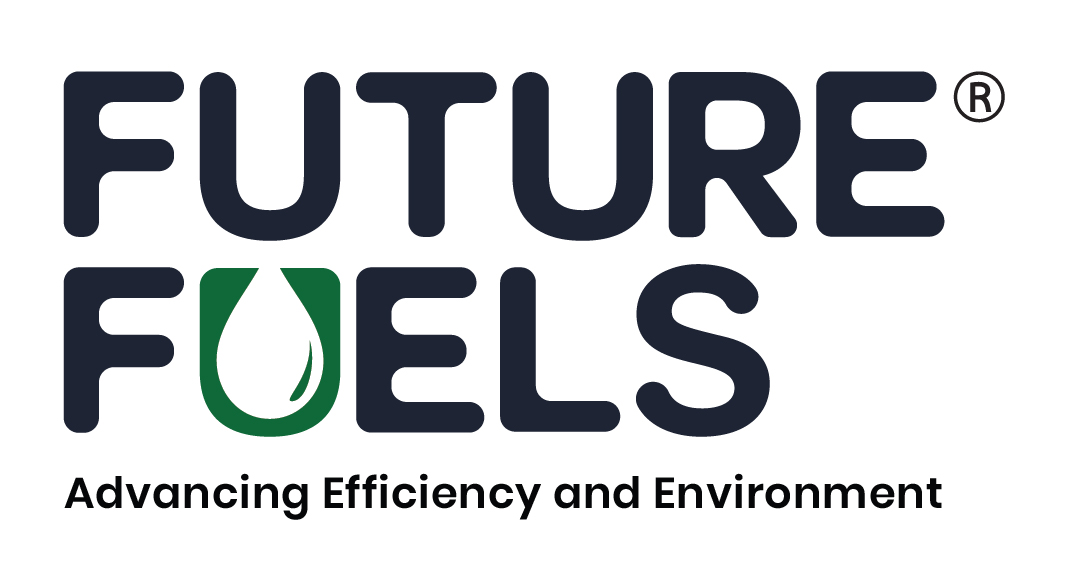Perovskite materials may hold the potential to play an important role in a process to produce hydrogen in a renewable manner, according to analysis from scientists at the US-based National Renewable Energy Laboratory (NREL).
The NREL team analysed an emerging water-splitting technology called solar thermochemical hydrogen (STCH) production. The technique potentially can be more energy efficient than producing hydrogen via the more commonly used electrolysis method.
Electrolysis needs electricity to split water into hydrogen and oxygen. STCH relies on a two-step chemical process in which metal oxides are exposed to temperatures greater than 1,400 degrees Celsius and then re-oxidised with steam at lower temperatures to produce hydrogen.
The researchers said they still need to identify perovskites capable of handling the high temperatures required while hitting performance targets.
“It’s certainly a very challenging field, and it has a lot of research questions still unanswered, mainly on the materials perspective,” said Zhiwen Ma, a senior engineer at NREL.
The work shows part of a portfolio of techno-economic analysis focused on hydrogen production pathways each with its own advantages and disadvantages.
Electrolysis, for example, is commercially available and the electricity required can come from photovoltaics (PV). The PV cells used, however, only capture a section of the solar spectrum. STCH, by contrast, uses the entire spectrum. The concentrated solar thermal power enables STCH to create the chemical reaction.
Active research to identify the best materials for the STCH process is critical to the success of this method for hydrogen production, the scientists noted.
“The material has not necessarily been found,” Saur said. However, the analysis was done to provide “some boundaries for where we think the costs will be if the materials meet some of the targets and expectations that the research community envisions.”
Hydrogen has emerged as an important carrier to store energy generated by renewable resources, as a substitute for fossil fuels used for transportation, in the production of ammonia, and for other industrial applications.
The Department of Energy has a goal of reducing the cost of green hydrogen by 80% to $1 per kilogram in a decade.
Source: https://www.powerengineeringint.com/
Tags: Green Hydrogen, Hydrogen, NREL, STCH

Recent Posts
GCMD completes biofuel supply chain trials with Hapag-Lloyd
Airbus partners with Avolon on hydrogen aviation
Nuclear power transition more safe option for decarbonisation than coal
ABS presents industry’s first advisory on ammonia bunkering
AW Shipping orders multiple dual-fuel vessels from China
HIF Global partners with Airbus to advance development of SAF
ASL Aviation signs agreement with ZeroAvia for retrofit
AM Green plans to invest $1 bn to set up 2G biofuel plants